Dominic Boreham

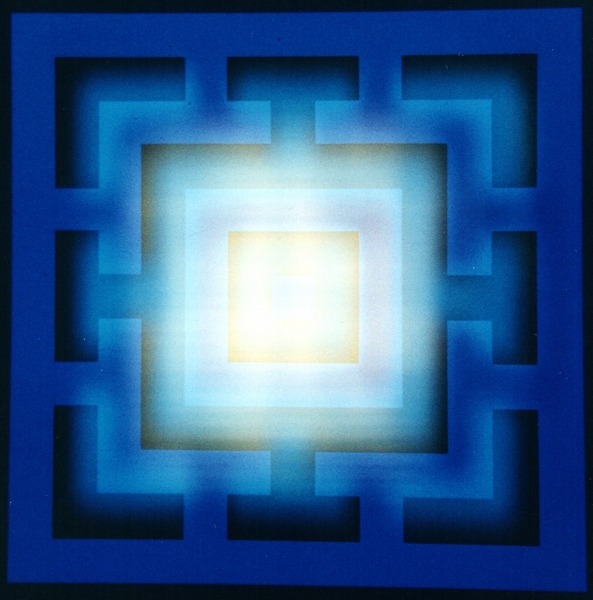
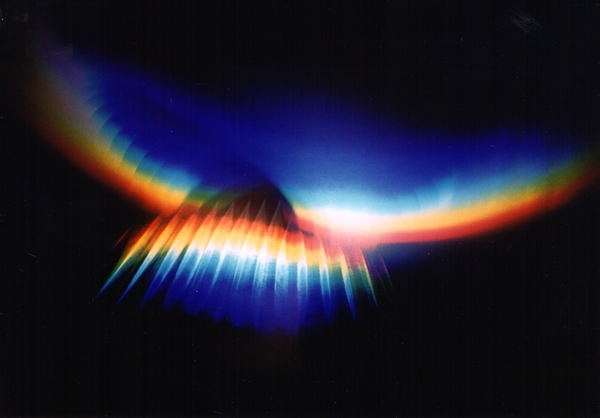

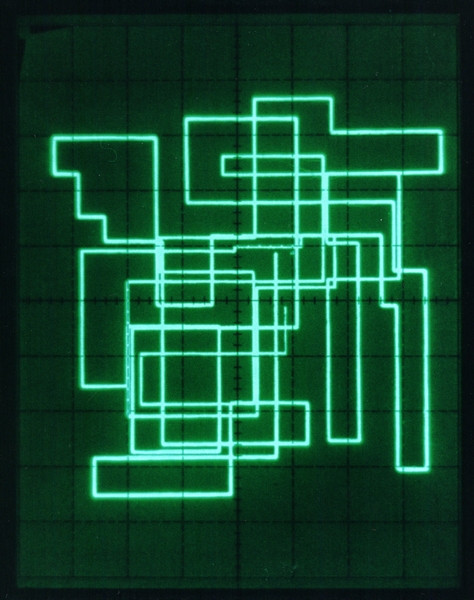
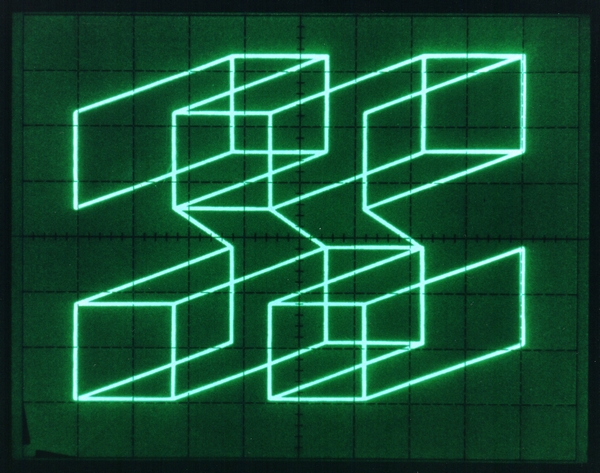
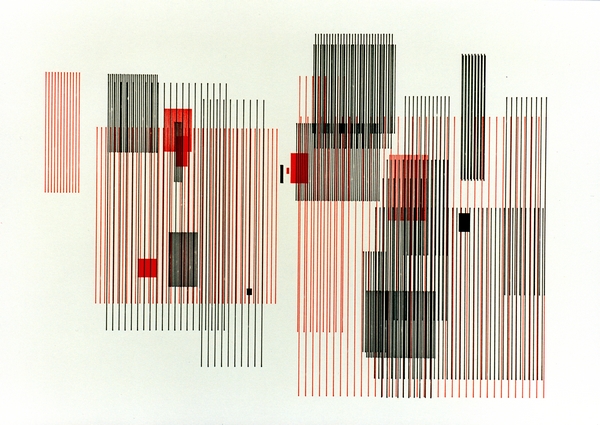
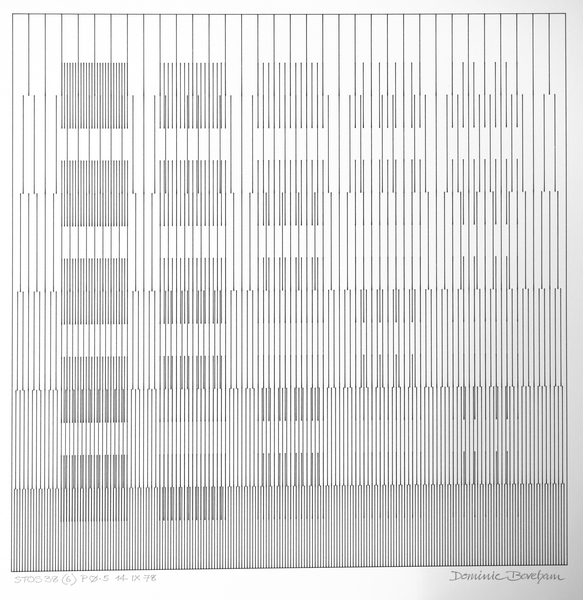
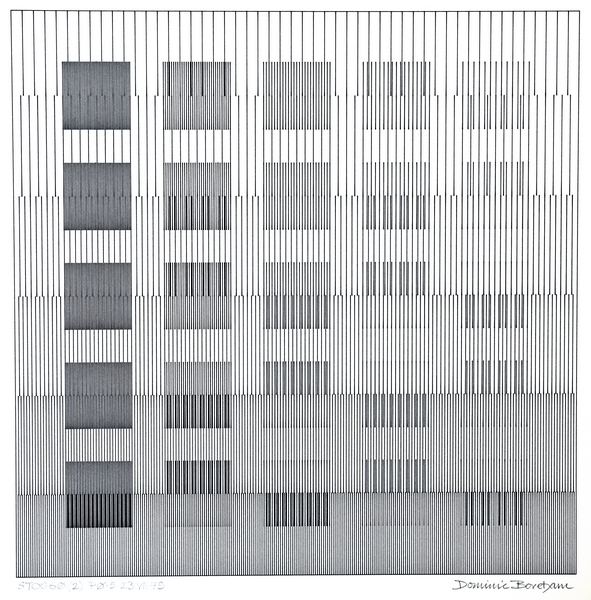
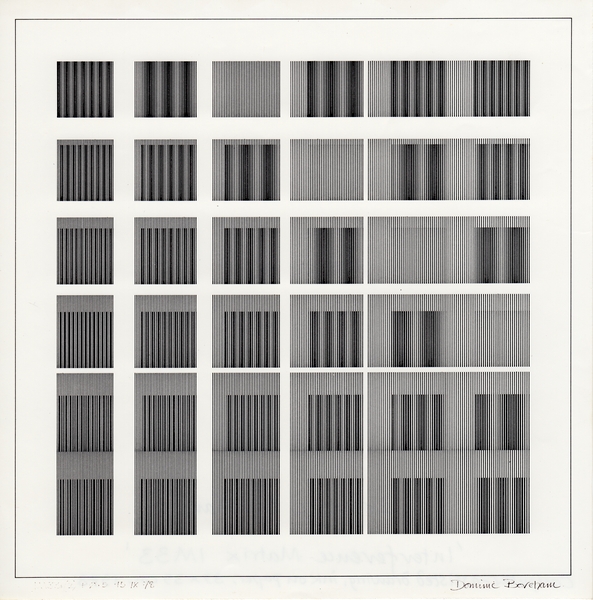
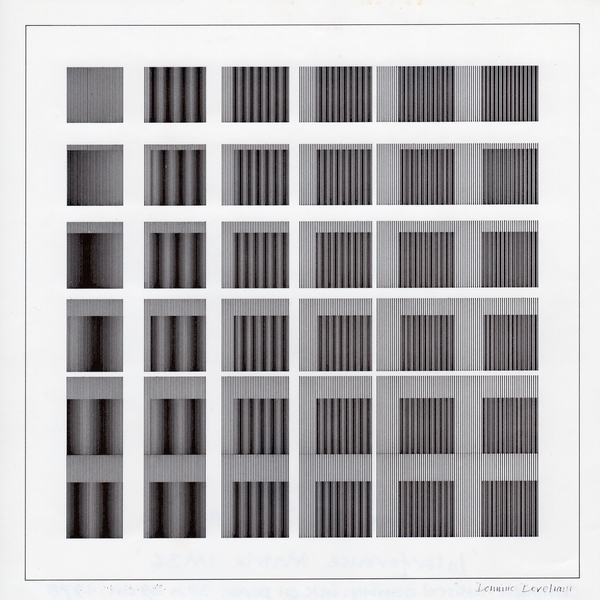
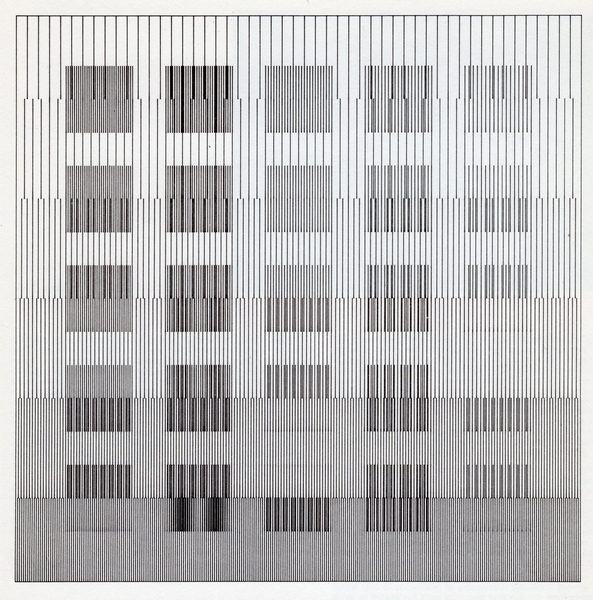
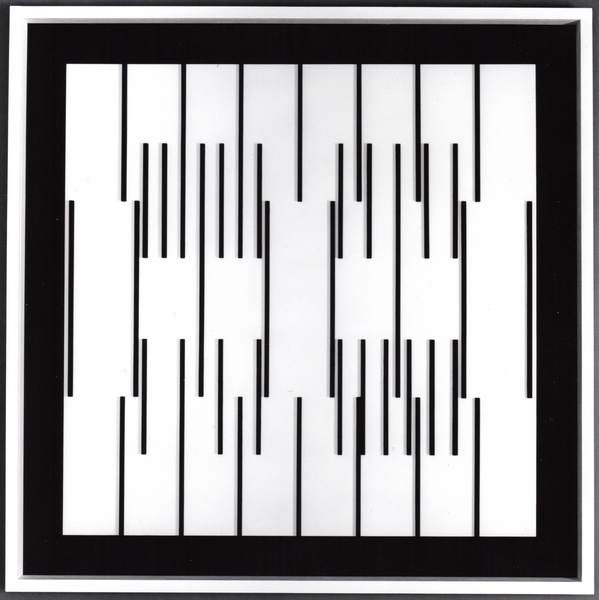
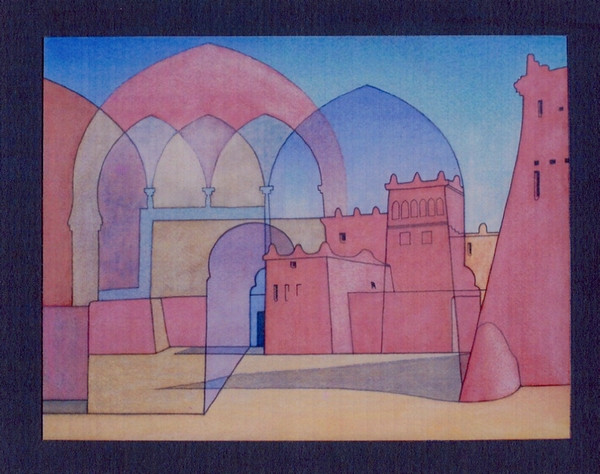
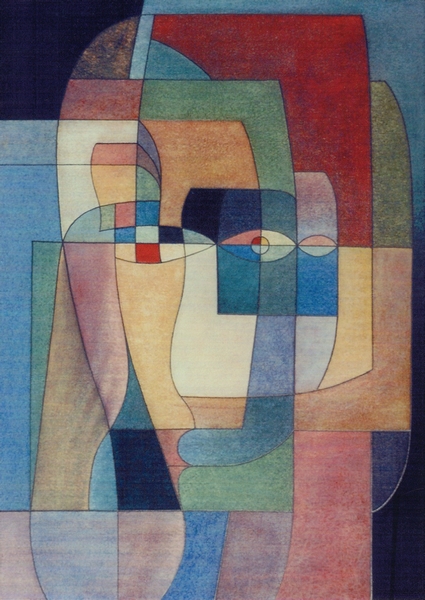
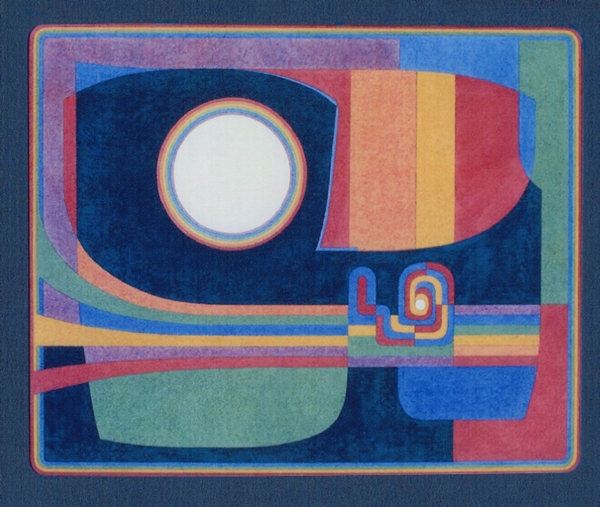
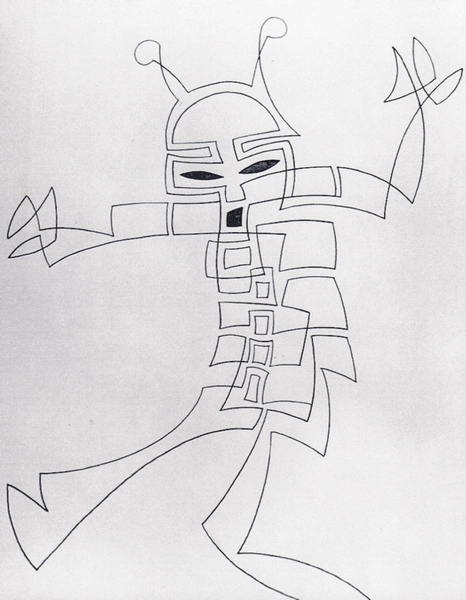
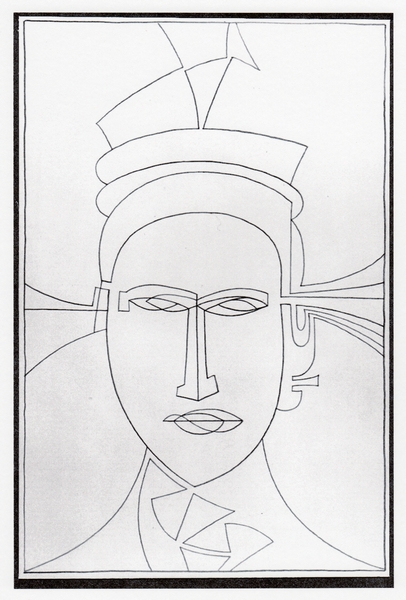


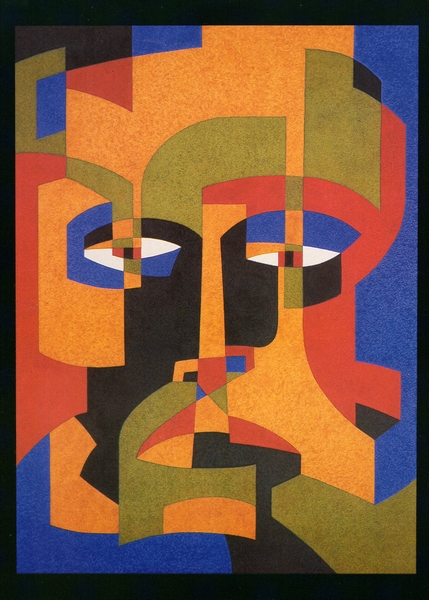
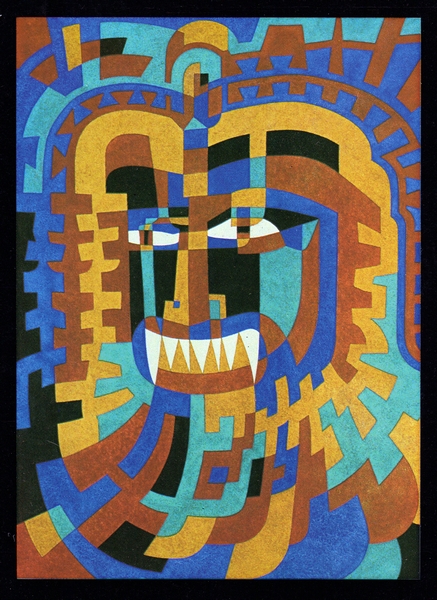
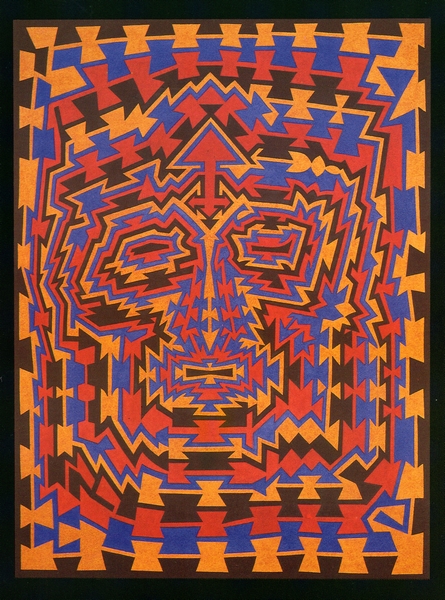

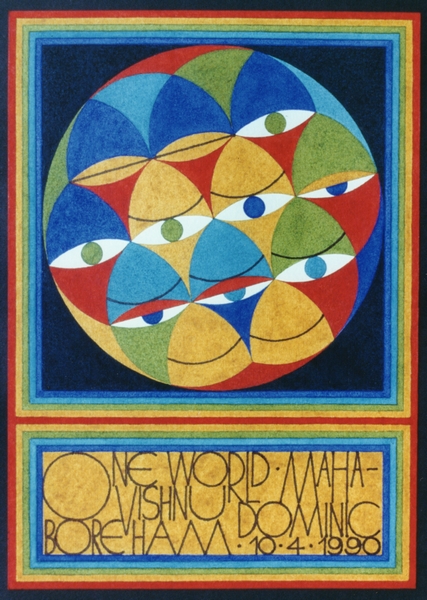
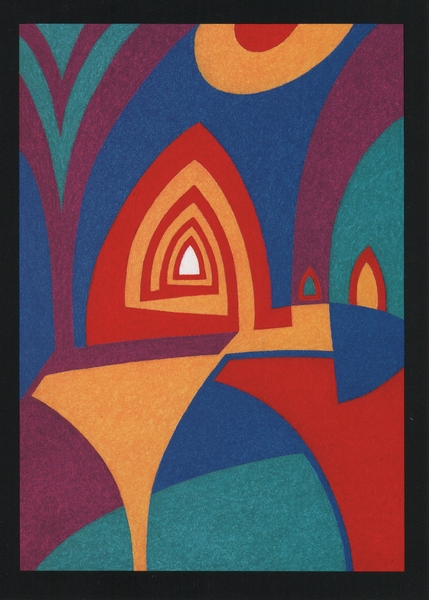
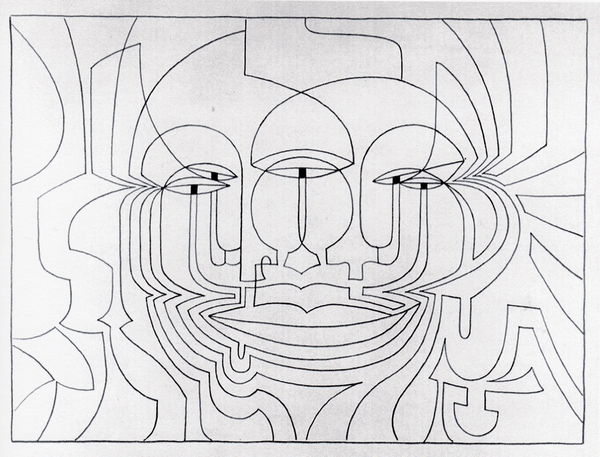
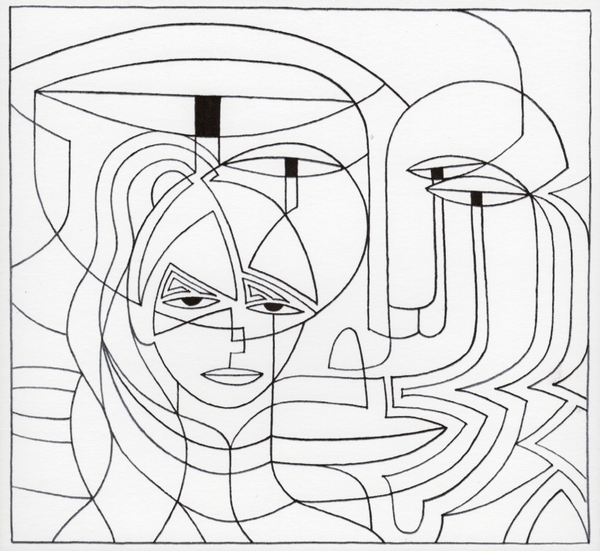

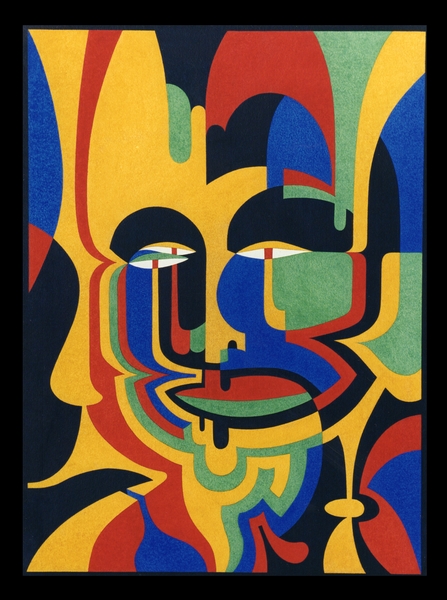
Dominic Boreham
Dominic Boreham was born in Woodford, Essex, in 1944. He was educated at the William Morris Technical School, London. At the age of 12 he became aware that he had no choice but to be an artist.
His father, however, disagreed and instead of going on to art school he was obliged to find employment. He worked first as a commercial artist and subsequently became an assistant in the Fitzwilliam Museum, Cambridge. He remained there for six years and regards this period as more an education than a job. Finally, the Director, David Piper, visited his studio and subsequently arranged a small grant to enable him to attend art school.
At the age of 27 he commenced the 2 year Foundation Course at Cambridge School of Art. On completion he chose Wimbledon School of Art, where his tutor was Colin Cina. In his second year he won 1st Prizes in both Painting and Graphics as well as the Student Union Prize. On graduating he was awarded 1st class Honours with a distinction in Complementary Studies.
He went on to the Slade where his tutor was Malcolm Hughes. He spent his entire two years in the Electronic Experimental Department programming the computer to drive a flat-bed plotter to make drawings. Conceptually, he benefited from many sessions with Dr A.R. Jonckheere of the Psychology Department, who also introduced him to Prof. Richard Gregory at Bristol University.
On graduating he was invited by Prof. Bruce Archer to conduct Ph.D. research in the Design Research Department at the Royal College of Art. Here he found the computing facilities inadequate but a timely invitation from Dr. Ernest Edmonds to join his Human-Computer Interface Research Unit gave him the research environment that he needed. He received his Doctorate from the Royal College of Art in 1983.
In his teens in the late 1950’s the strongest influences on him were Picasso, Kandinsky and Klee, who have endured like archetypes, no longer consulted but retaining their subterranean power. In the early 60’s his thinking was deeply influenced by Nietzsche, Sigmund Freud and Existentialism, which initiated a life-long preoccupation with the nature of mind, consciousness and perception. In 1973 he came upon Malevitch’s treatise on Suprematism and the principle of destruction to the zero of form, on which a new non-objective art could be built. From this zero point he began anew to construct an art entirely from imagination, which would be the vehicle to explore both intellectual and artistic ideas.
In order to free himself he decided in 1974 to change medium and began to explore possibilities of electric light, first with multiple light projections, then creating images with output from a sound synthesizer. Experiments with optics followed and finally he constructed light displays using polarized light and installations controlled by electronic/mechanical programmers.
In 1976 Tony Longson initiated him into computer programming and from 1977 until 1983 he concentrated entirely on making drawings by programming a computer to drive a flat-bed plotter. Edward Ihnatowicz introduced him to John Lansdown and the Computer Arts Society where he became Editor of PAGE from 1979 – 82, transforming it from a broadsheet to a forty-page journal, and consequently became a significant and influential pioneer of Computer Art in the international Avant-Garde.
During this period he also attended the London Buddhist Vihara from 1975 – 1980 for classes in meditation and Abhidhamma (the psycho-philosophy of Buddhism). In 1979 he was a guest composer at the Instituut voor Psychoacustica en Elektronische Musiek where he realized his third electro-acoustic composition: Transduction.
In 1985 he bought a small farm in Wales and returned to painting. In 1991 he left Britain to live in rural France where he continues to paint, surrounded by books, music and trees. His work has the qualities of fine draughtsmanship, colour sensibility, elegant strong construction, humour, spirituality, and the power of unconscious communication.
He has exhibited internationally in over 40 venues including CAD80; CG80; Venice Biennale; Downey Museum, California; Palais des Beaux-Arts, Brussels; Rijkscentrum Frans Masereel; Centre Georges Pompidou; Musée d’Art Moderne de la Ville de Paris; Expo ’90, Osaka; Sainsbury Centre; Kyoto Museum; National Museum, Pekin; Tokyo Museum.
His work is collected internationally and is in several public collections including Victoria & Albert Museum; Musée d’Art et d’Histoire, Cholet; National & University Library, Zagreb; University of East Anglia Collection of Abstract & Constructivist Art.
